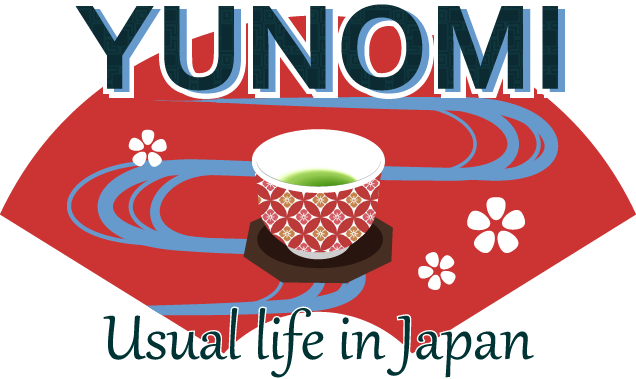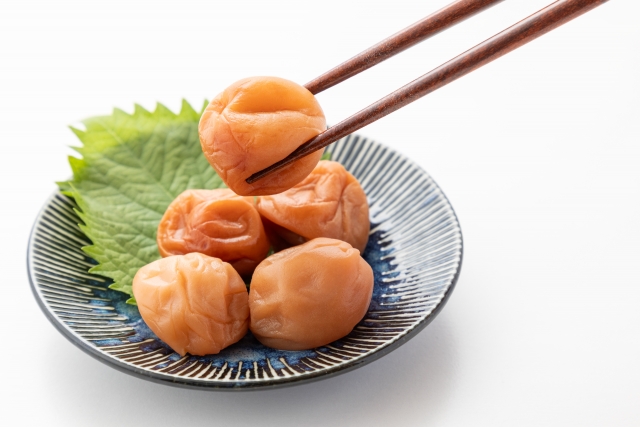Umeboshi (Japanese pickled plums) are known for their intense sourness and saltiness. When you try umeboshi for the first time, the taste can be surprising, but it pairs perfectly with rice.
Truly delicious umeboshi retain the natural sweetness of the plum, with minimal saltiness, resulting in a refreshing and refined flavor.
The aroma of shiso (perilla) enhances this flavor, making it an essential part of the Japanese dining table.
What is Umeboshi?
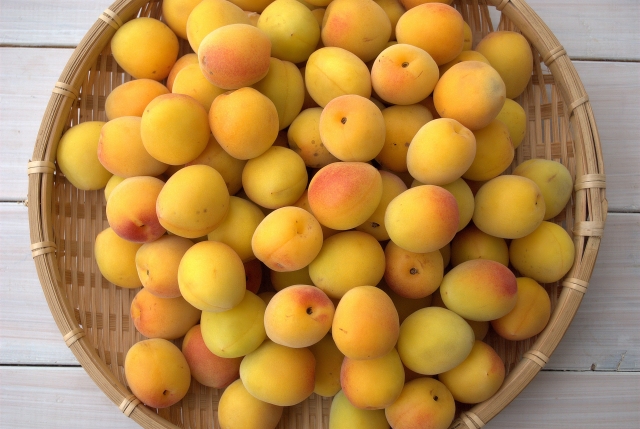
Umeboshi is made by pickling Japanese plums in salt and drying them under the sun. During this process, fermentation enhances the sour flavor of the plums.
Umeboshi contains citric acid and other nutrients, and has long been believed to have medicinal properties.
The First Umeboshi Experience
When you taste umeboshi for the first time, you might be surprised by its extreme sourness, often causing a rush of saliva that catches you off guard.
It's a unique experience—one that may leave you thinking, "What just happened?" This is the power of umeboshi.
What’s even more interesting is that after this initial encounter, simply seeing an image of umeboshi can trigger that same rush of saliva.
This is a classic example of conditioned reflex—once you’ve experienced it, the mere sight of umeboshi brings back the taste, and the saliva follows.
How to Make Umeboshi
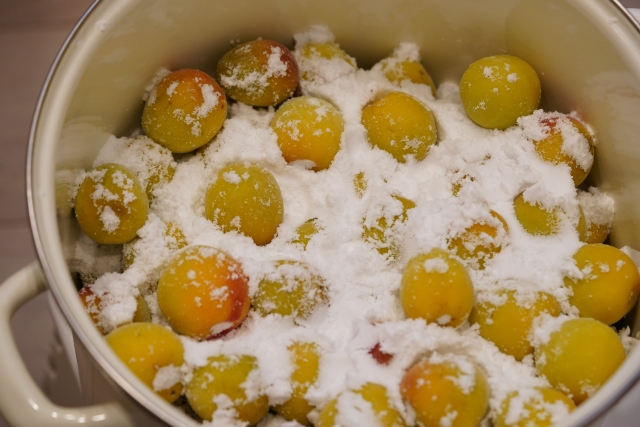
- Selecting the Plums
Start with firm, unblemished green plums. - Salting the Plums
The plums are pickled in salt for several days to draw out moisture.
The amount of salt used is typically around 20% of the plum's weight.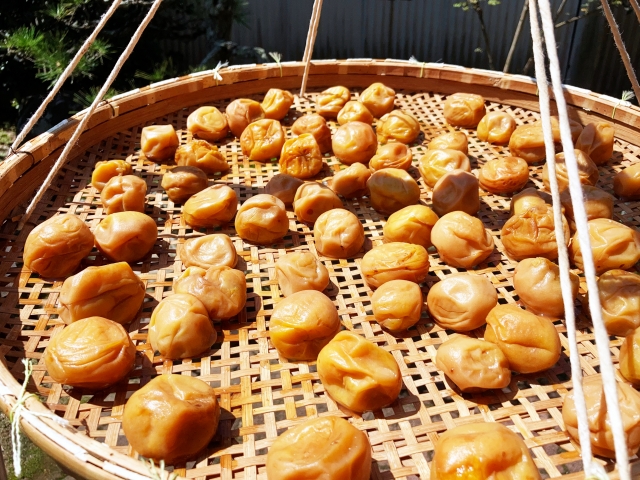
- Sun-Drying
After salting, the plums are dried under the sun for three days, which concentrates the flavor and extends the shelf life of the umeboshi.
Adding Shiso (Optional)
To make shiso umeboshi, red shiso leaves are added to the pickling process, giving the umeboshi a vibrant color and aromatic flavor.
Types of Umeboshi
There are several types of Umeboshi.
Shiroboshi (Plain Umeboshi)
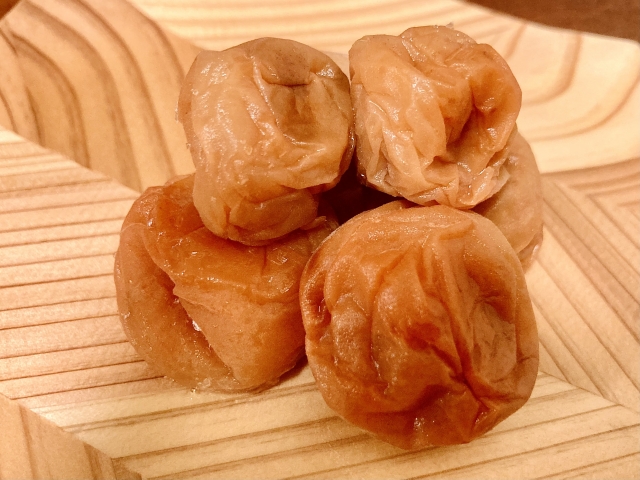
This is the most traditional form of umeboshi, made with just salt and plums.
The salt content is higher, making it the saltiest variety.
Honey Umeboshi
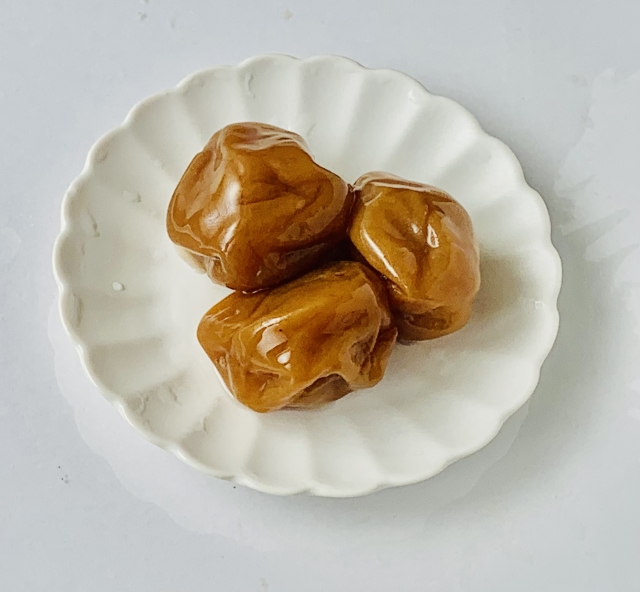
For those who prefer a milder taste, honey umeboshi offers a balance of sweet and sour.
It is popular among children and people who aren’t used to the strong sourness of traditional umeboshi.
Shiso Umeboshi
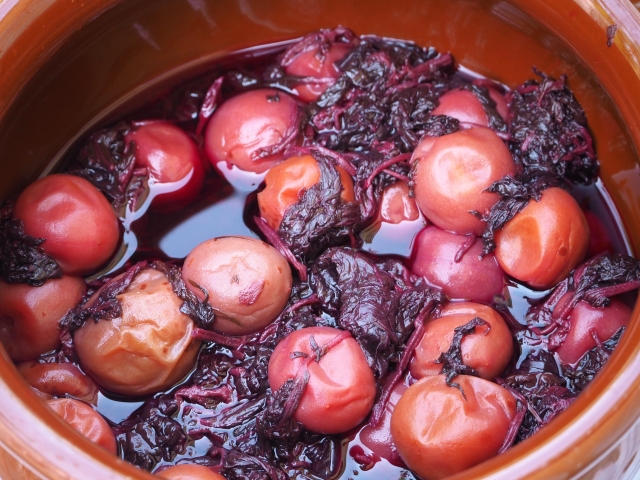
Shiso umeboshi is pickled with red perilla leaves, giving it a distinct aroma and vibrant red color.
The flavor is well-balanced with the refreshing shiso complementing the sour plum.
Nutritional Value and Health Benefits of Umeboshi
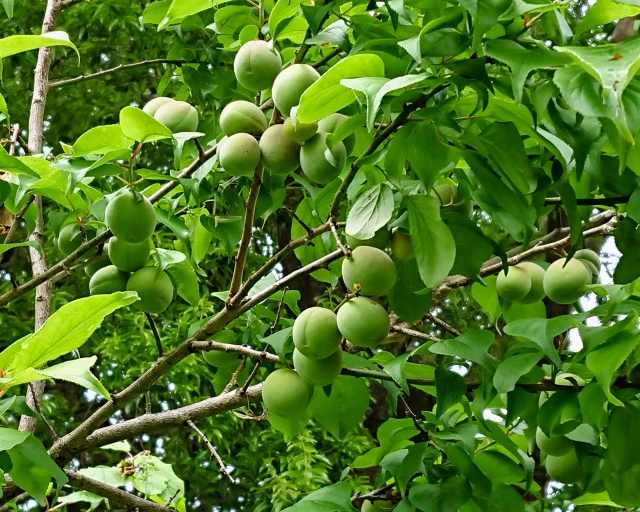
Umeboshi belongs to the Rosaceae family, and though it’s a fruit, it cannot be eaten raw due to the presence of amygdalin, a cyanogenic glycoside.
When pickled, umeboshi becomes safe to eat, and even the kernel inside the pit can be consumed.
Umeboshi retains high levels of protein, calcium, phosphorus, and iron, though phosphorus and iron slightly decrease during processing.
In contrast, sodium and organic acids (citric, malic, succinic, and tartaric acids) increase, making umeboshi a highly nutritious and preservable food.
A single umeboshi contains 2-3 times more citric acid than a lemon, which aids in recovery from fatigue and promotes metabolism.
Health Benefits of Umeboshi: Recent Research and Discoveries
Fat-Burning Properties

Umeboshi contains vanillin, a compound known for its fat-burning properties.
It promotes the breakdown of fat in the body, making it a useful addition to weight management diets.
Influenza Prevention

Research from Wakayama Medical University found that the polyphenols in umeboshi can inhibit the growth of the influenza virus. Ongoing research suggests potential applications for flu prevention.
Helicobacter Pylori Suppression

Umeboshi has been shown to suppress the movement of Helicobacter pylori, a bacterium linked to stomach ulcers and gastritis. This could help prevent related gastric issues, including stomach cancer.
Diabetes Prevention

Compounds in umeboshi have been found to inhibit enzymes associated with blood sugar spikes and obesity, helping to regulate blood sugar levels and potentially prevent diabetes.
Food Poisoning Prevention

Traditionally, umeboshi was believed to prevent food poisoning. Scientifically, it’s been confirmed that umeboshi inhibits the growth of Staphylococcus aureus and E. coli O-157, two common causes of foodborne illness.
Arteriosclerosis Prevention

Umeboshi regulates angiotensin II, a hormone that causes blood vessels to constrict, thereby reducing blood pressure.
This helps prevent the onset of arteriosclerosis and reduces the risk of cardiovascular diseases.
Encountering Umeboshi During Your Visit to Japan
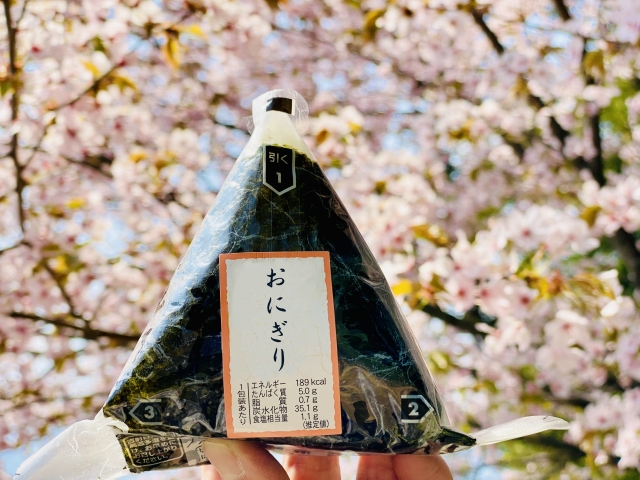
If you’re visiting Japan, you’ll have plenty of opportunities to try umeboshi.
Here are a few places where you can easily find it.
Convenience Store Onigiri
Umeboshi is commonly found in onigiri (rice balls) sold at convenience stores like 7-Eleven, FamilyMart, and Lawson.
These simple rice balls with umeboshi in the center are a popular snack and a convenient way to try this traditional flavor.
Japanese Restaurants
Many Japanese restaurants serve set meals (teishoku), where umeboshi is often included as a side dish, especially in breakfast sets. It’s a great way to experience how umeboshi complements other traditional Japanese foods like grilled fish and rice.
Supermarkets and Specialty Shops
You can also find packaged umeboshi at most Japanese supermarkets. For higher-quality varieties, you can visit specialty stores like Kinokuniya or Seijo Ishii, where you’ll find an array of umeboshi, including honey-infused and shiso-flavored types.
Ryokan Breakfasts
Staying at a ryokan (traditional Japanese inn) is another excellent way to enjoy umeboshi. Ryokan breakfasts often feature umeboshi alongside rice, miso soup, and grilled fish, offering a truly authentic dining experience.
Conclusion
Umeboshi is much more than a pickled plum; it’s a superfood with centuries of history and numerous health benefits.
Whether you're trying it in a convenience store onigiri or enjoying it as part of a traditional meal, umeboshi is an essential part of Japanese cuisine and culture.
From fat-burning properties to flu prevention, umeboshi’s health benefits make it a valuable addition to any diet.
Give it a try during your next visit to Japan, but be prepared for that intense sourness that will leave a lasting impression—maybe even more than you expect!
